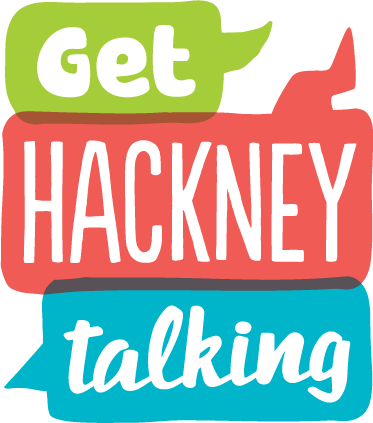Speaking and listening continue to be important for secondary aged pupils. Spoken language is important in the classroom, but also to friendships and future education and employment. The key of course will be finding activities that your child likes and is happy to do. As well as these activities there are more in the primary section which may be adapted.
1. Using photos.
Take photos when you are out and about with your child. When you get home look at these together encouraging your child to talk about what they saw, what the different people were doing and why, what the different people might have been thinking or feeling.
2. Cooking.
When cooking with your child encourage them to give instructions or explanations about what equipment they need, what they need to do first, what they need to do next, and last. You can take roles each where one of you gives instructions and the other follows these and vice versa. You could take photos of each stage of the cooking task and at the end ask your child to explain what they were doing in each of the photos.
3. One word at a time.
When you are waiting for the bus make up a sentence together but each person can only say one word each at a time. This involves listening to each other and making sure that the next word in the sentence makes sense. For example:
You: ‘Today’
Your child: ’I’
You: ‘am’
Your child: ‘going’
You: ‘to’
Your child: ‘the’
You: ‘park’
You can encourage you child to make longer sentences by adding words such as ‘because’, ‘so’, ‘but’, ‘however’ etc. You can also develop stories by taking it in turns to say part of the story each.
4. Directions.
Ask your child to give you directions for how to get to a particular place. Encourage them to use words such as ‘left’, ‘right’, ‘straight ahead’. If you are feeling brave, you can cover your eyes and ask your child to give your directions to get to places around the home or garden without bumping into things.
5. Explaining technology.
Ask your child to explain to you how to use specific Apps. This involves practicing explaining actions in sequence and checking that the listener has understood.
6. 20 questions.
One of you thinks of an object, the other(s) take turns to ask questions to try to guess what it is. The questions can be open such as ‘where would you find it?’ or to make it harder questions can be Yes/No answers only such as ‘do you find it in the garden?’
7. Who am I?
One of you thinks of a famous person or character, the other(s) take turns to ask questions to try to guess what it is. The questions can be open such as ‘where does this person live?’ or to make it harder questions can be Yes/No answers only such as ‘does this person live in America?’
8. Word associations.
Starts by saying a word, the next person has to say a word that is related e.g. winter – summer. Keep going adding words that link to the last word that has been said e.g. winter – summer – beach – sand. If a player cannot see how the words are related they can challenge and the connection needs to be explained. Keep going until a word is repeated or a connection cannot be explained.
9. Categories game.
Give a topic such as sports then take it in turns to say a word that links to that topic e.g. Sport: baseball, swimming, cricket, rugby. Everyone has to listen carefully as words cannot be repeated. You can time how long you can keep going on a particular topic.
10. 101 uses.
Choose a common object. Take it in turns to think of as many uses for this object as possible. For example, a roll of sellotape could be used to repair broken glasses, to stick a picture to the wall, or it could be worn on the wrist as a bangle. Try to be as creative as possible and accept inventive ideas as long as the child can explain how to use it. For example, using a ruler as a back scratcher. From Communication Language Activities book (Editor: Sarah Nash)


